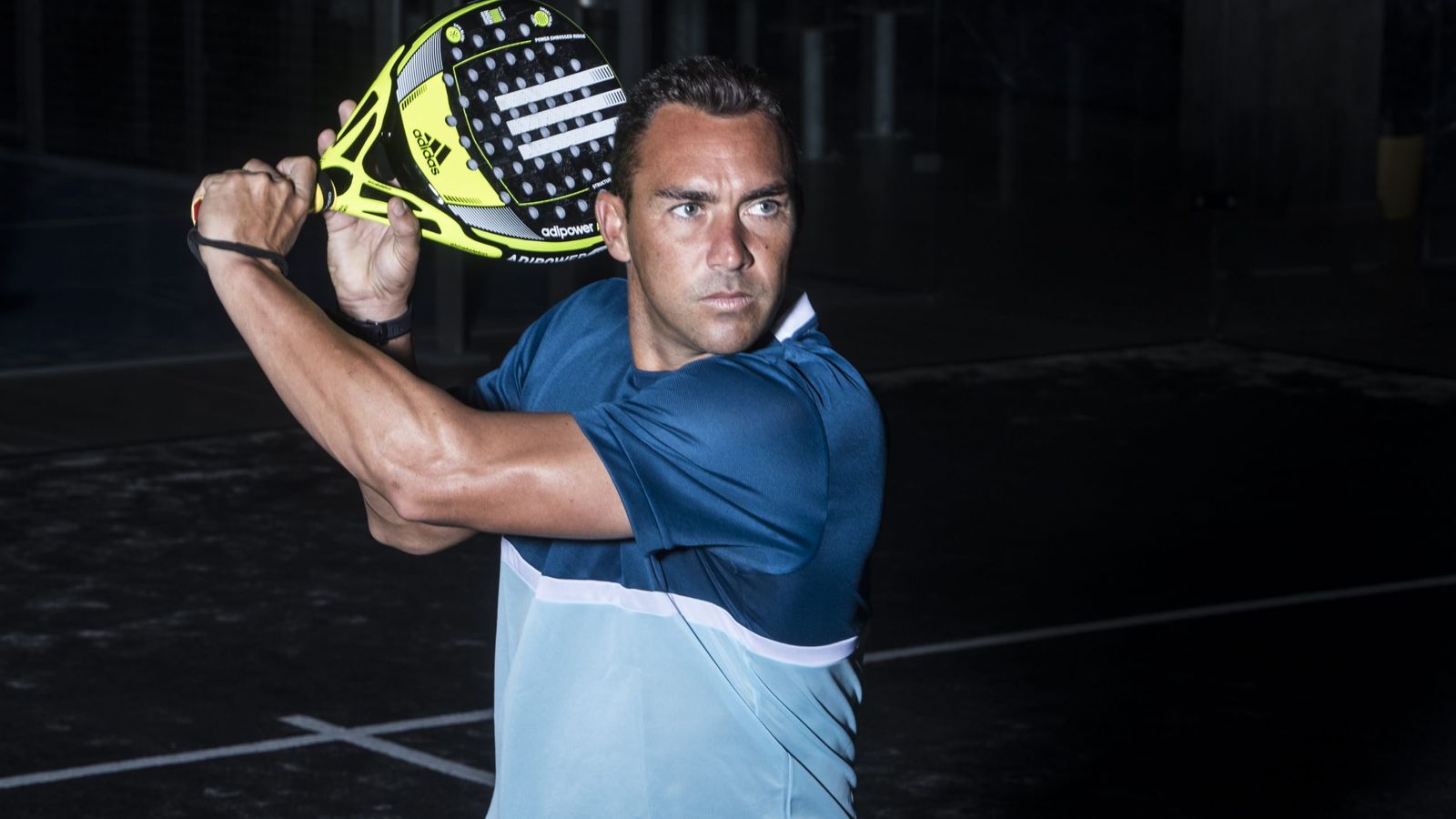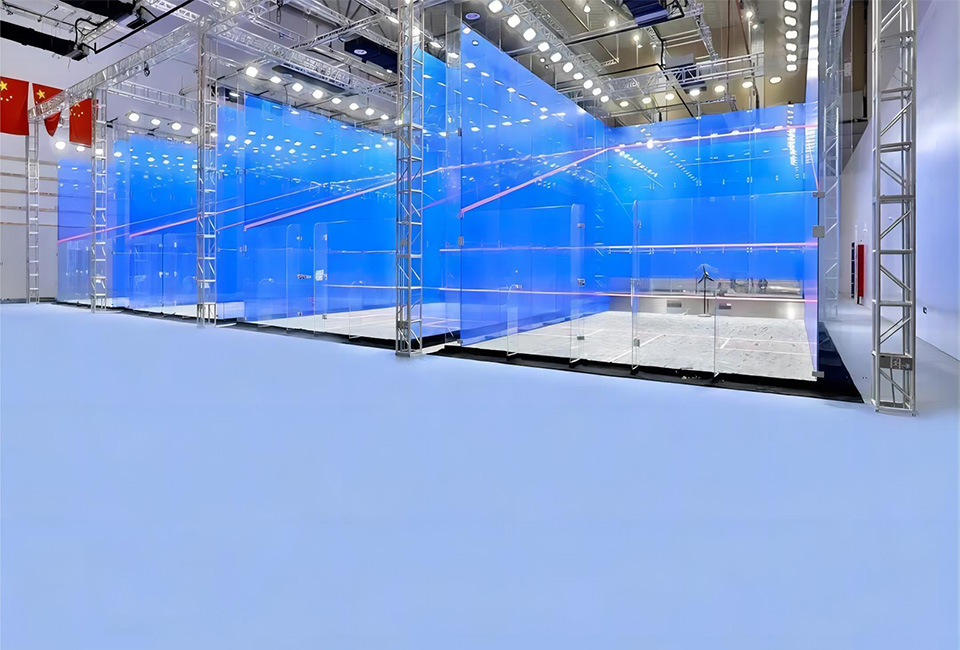Navigating the Game of Padel A Comprehensive Guide to Choosing Your Ideal Court

Padel, a sport that combines elements of tennis and squash, has surged in popularity across Europe and Latin America, now making waves worldwide. As interest grows,
so does the demand for high-quality padel courts. For both enthusiasts and club owners, the decision to invest in a good court can be crucial. Understanding the nuances involved is essential for delivering an exceptional playing experience, ensuring longevity, and, importantly, aligning with strategic business objectives.
When venturing into padel court selection, the primary focus should be on the surface material. The most common choices are synthetic grass and artificial turf, each offering distinct characteristics. Synthetic grass provides a surface that mimics the natural cushioning of grass, ensuring a soft, slide-friendly environment which is attractive to players desiring less impact on joints. Conversely, artificial turf is designed for durability and speed, benefiting more competitive matches where precision and swift movements are valued.

Equally critical is the court enclosure system, which significantly impacts gameplay dynamics. Typically constructed from tempered glass and metal mesh, the walls need to withstand intense use while maintaining interactions elements like rebounds. The choice of glass thickness, generally ranging from 10 to 12 millimeters, ensures safety and durability. Opting for a higher-grade mesh will prevent rust and damage over time, safeguarding the court’s aesthetic and functional qualities.
Lighting is an often-overlooked aspect that can drastically influence playability and player satisfaction. A well-illuminated padel court with LED systems minimizes shadows and provides consistent visibility, augmented by energy efficiency and lower operational costs. Placing lights strategically around the court perimeter helps maintain optimal sight lines without distracting players, enhancing the overall playing experience.
court padel
Acoustic considerations are another layer of complexity in the design of a padel court. To create an optimal acoustic environment, employing sound-dampening materials on surrounding structures can minimize noise pollution and amplify the enjoyment of gameplay. This becomes especially pertinent in residential areas or multi-court facilities where minimizing disturbance is imperative.
For club owners and entrepreneurs, the focus extends beyond construction materials to include market positioning and client engagement. The burgeoning interest in padel provides ample opportunity to attract diverse clients—from casual hobbyists to serious athletes. Providing amenities such as seating arrangements, social spaces, and efficient booking systems can significantly enhance customer retention and satisfaction.
Additionally, incorporating technology through smart court solutions can elevate the playing experience. Systems that offer match recording, performance analytics, or live streaming capabilities cater to tech-savvy players seeking an integrated sporting experience.
While navigating building codes and zoning laws might seem daunting, a clear understanding of regional regulations and compliance is non-negotiable. Consulting with experienced builders who specialize in sporting facilities ensures adherence to legal standards and optimizes financial investments.
In essence, selecting the right padel court involves a balance of material quality, user experience, and strategic foresight. A deep commitment to these factors solidifies the foundation for not just a playing field but a thriving padel community. Investing wisely in these aspects demonstrates expertise, builds trust, and bolsters the authority of any sporting venture. Whether for personal enjoyment or as a business endeavor, the right court padel is more than a surface—it's the heart of an emerging global passion.



